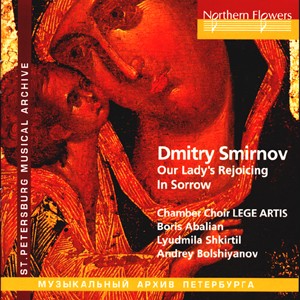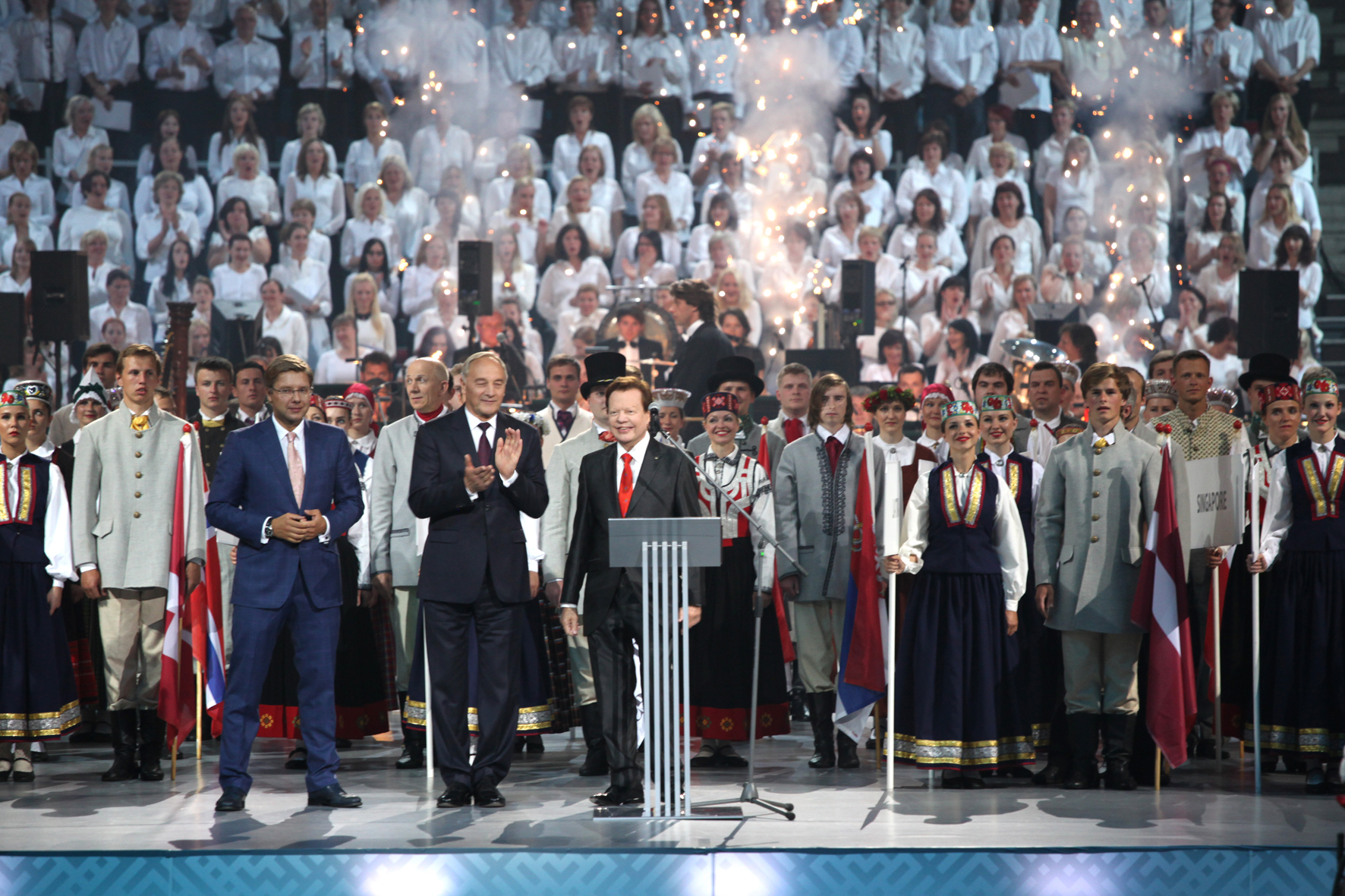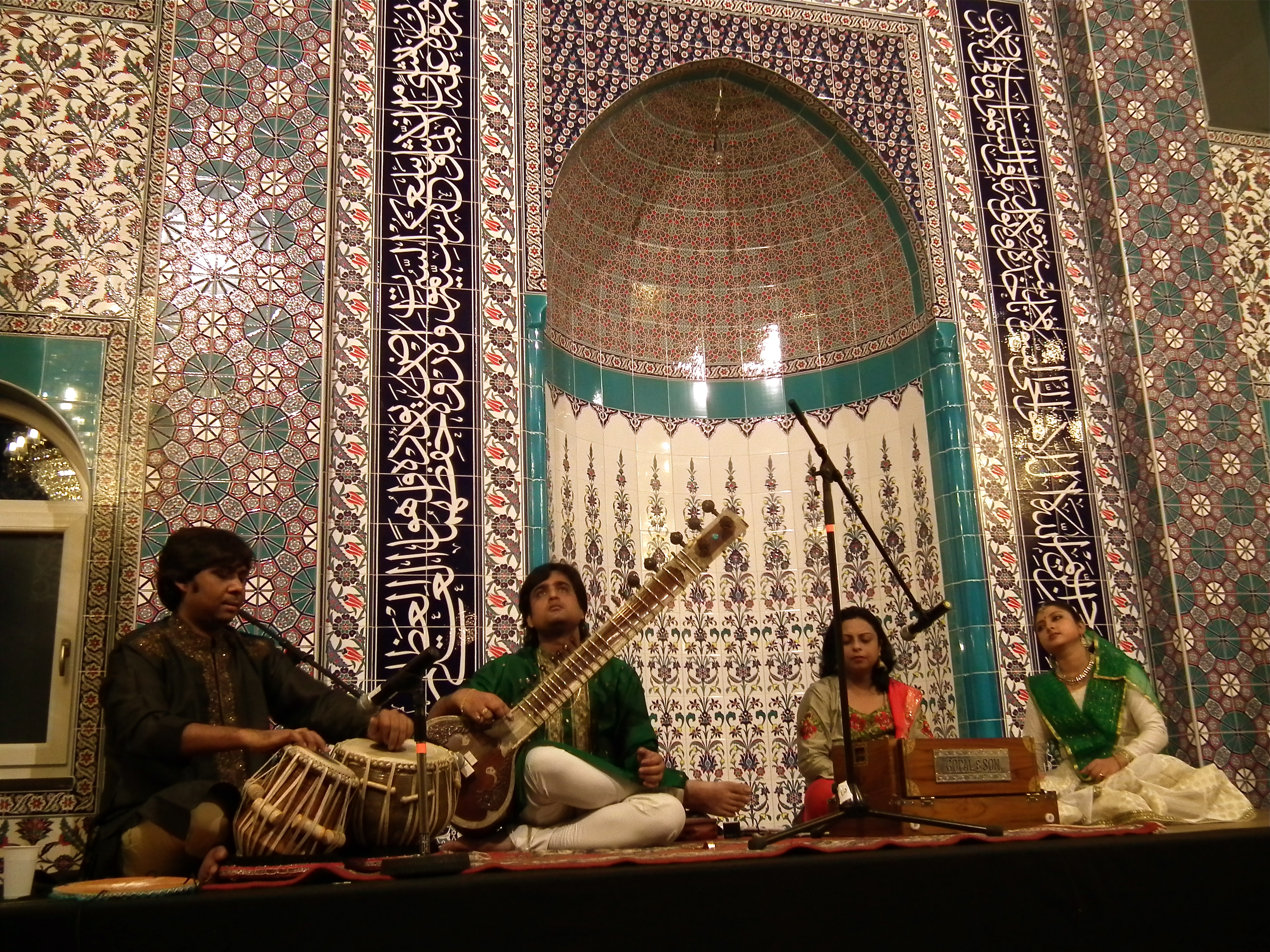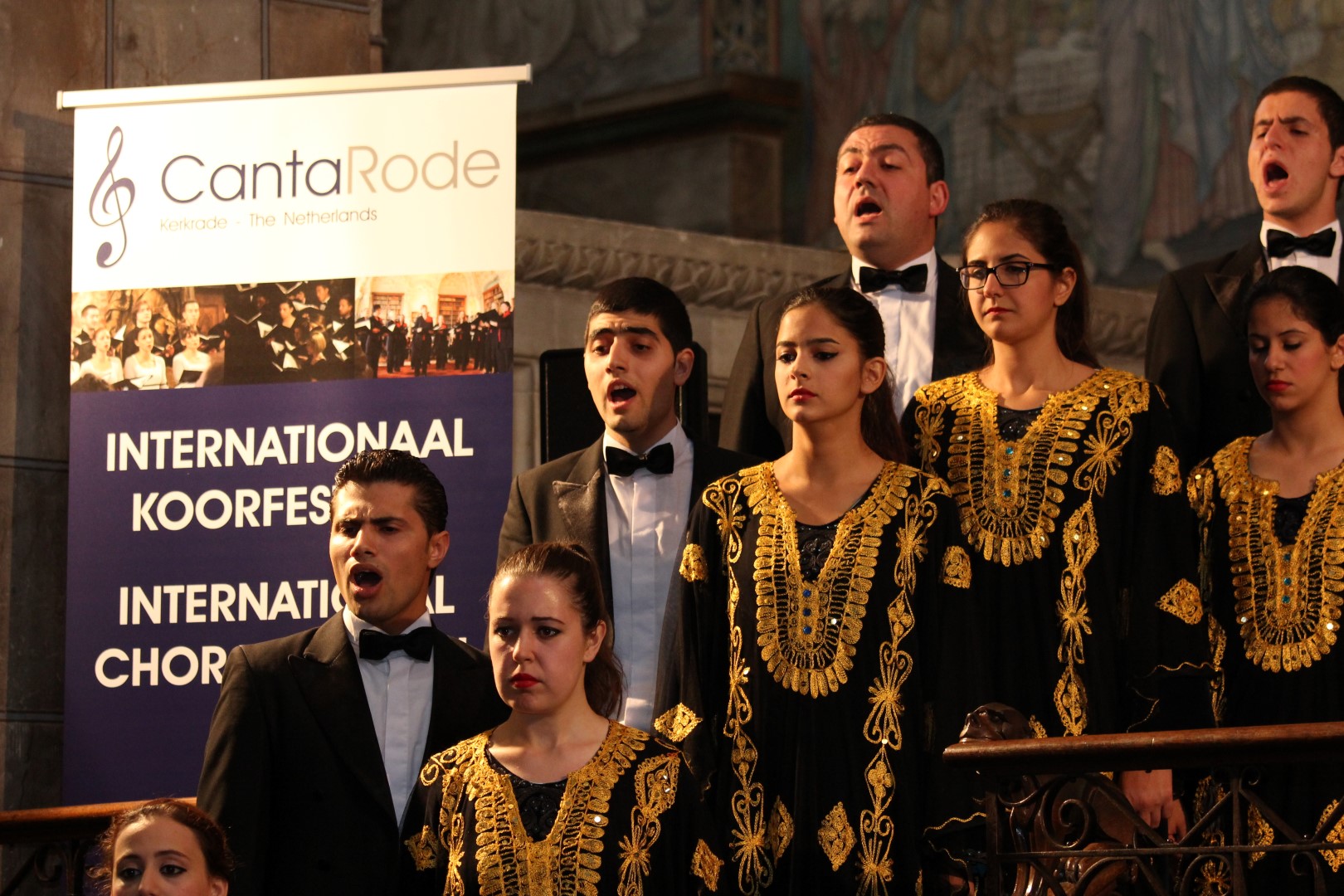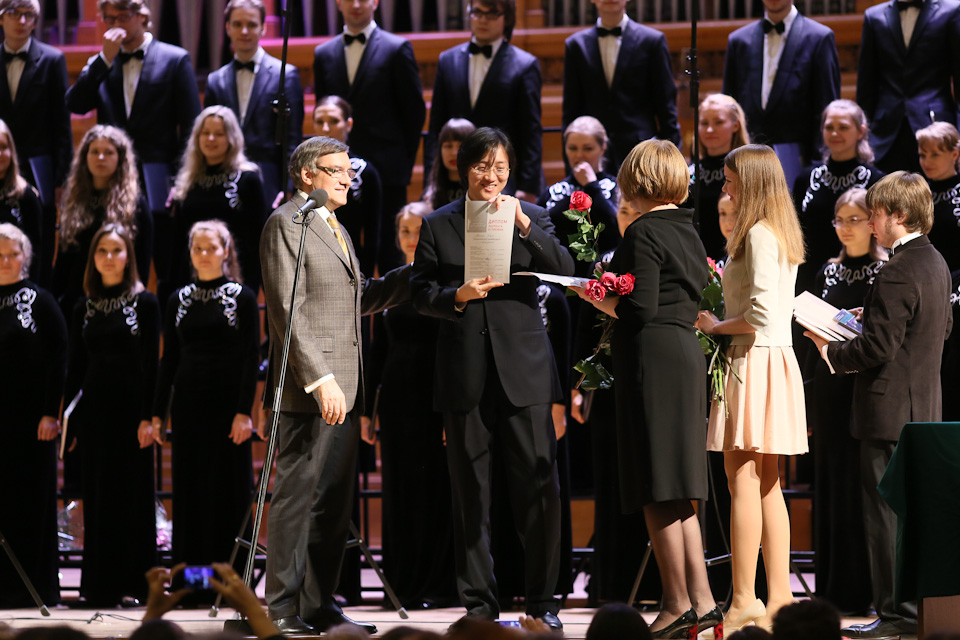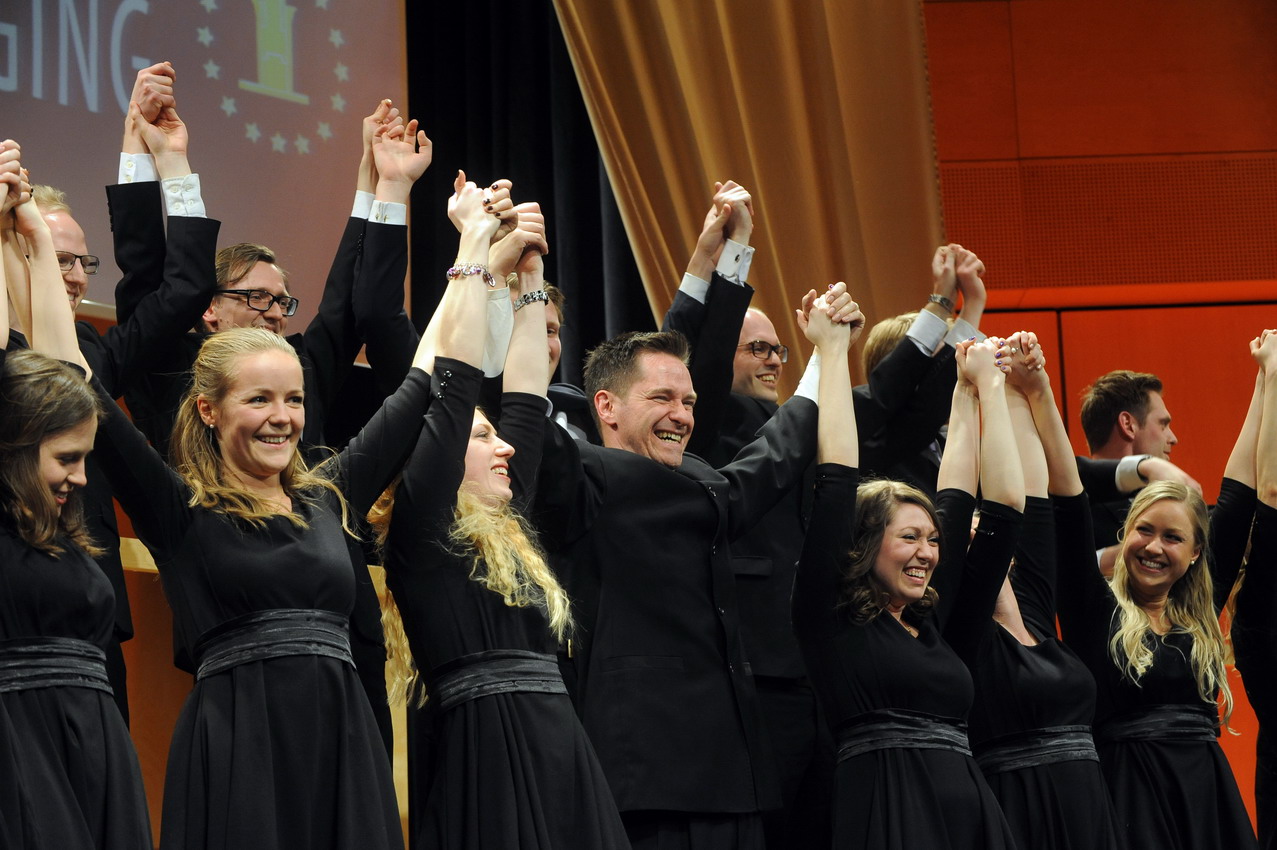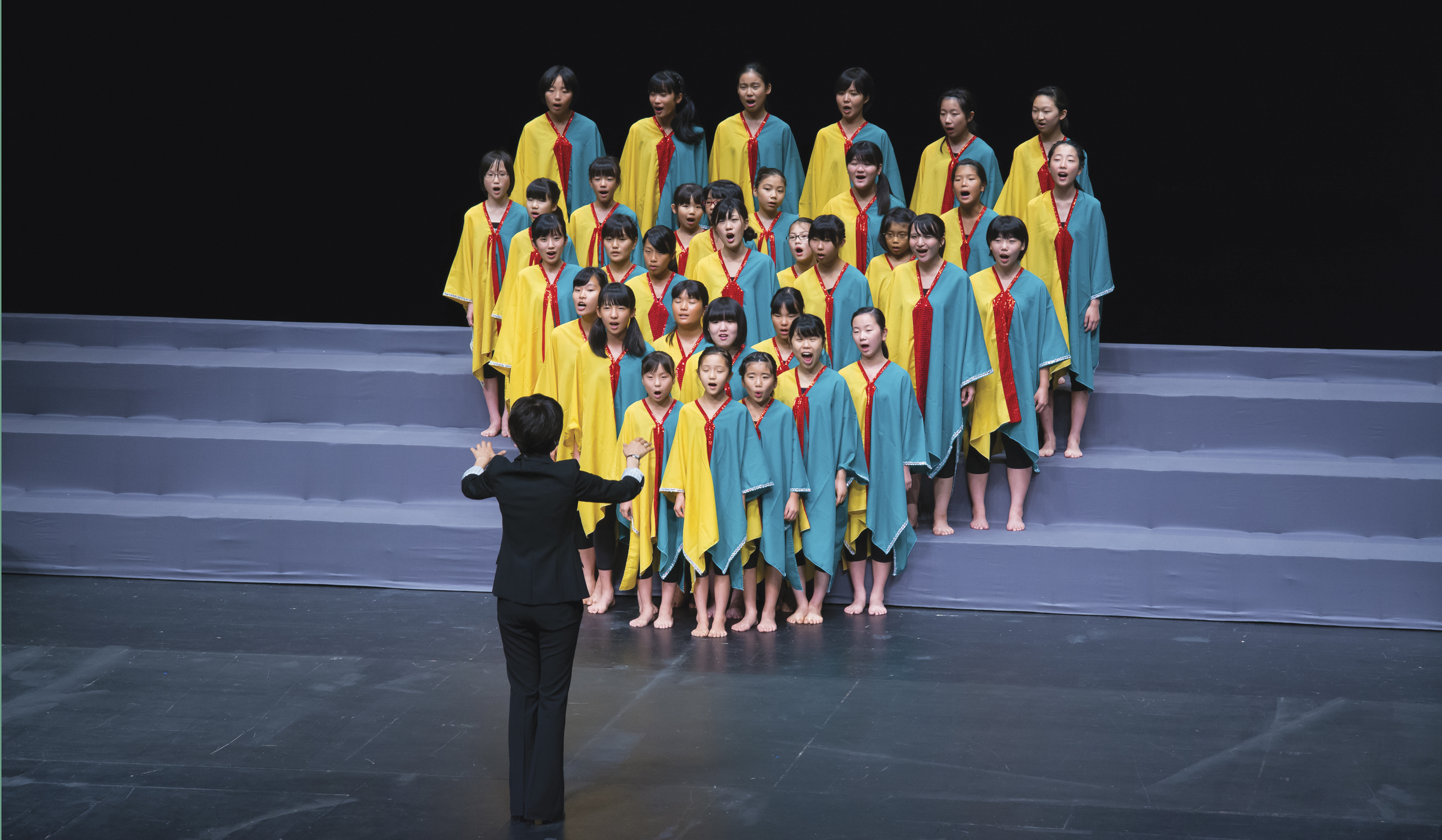Dmitry Smirnov, un compositeur moderne de Saint-Pétersbourg
Par Alexandra Makarova, chef de chœur
Les concertos de chant choral de Dmitry Smirnov servent de clé à son style unique. Son genre le plus notable est celui du chœur a cappella. Dans cet article …Read More →

